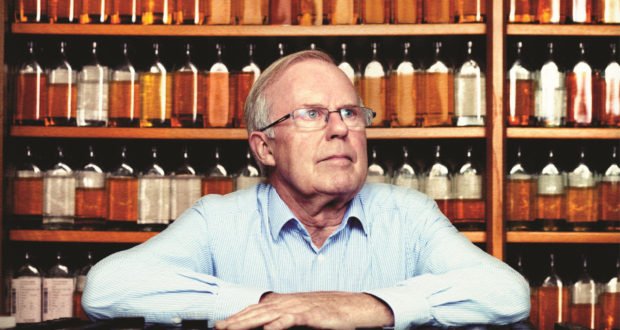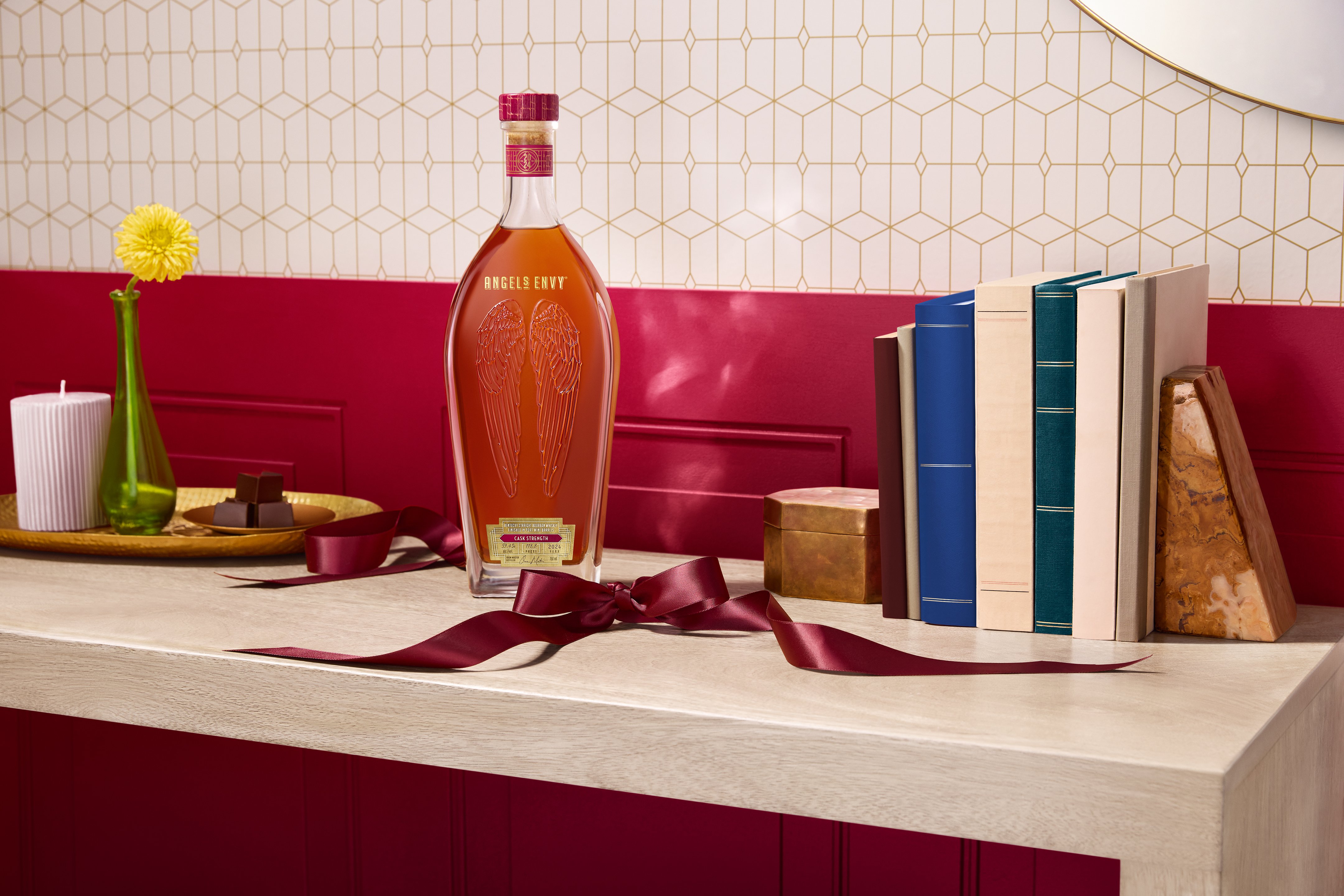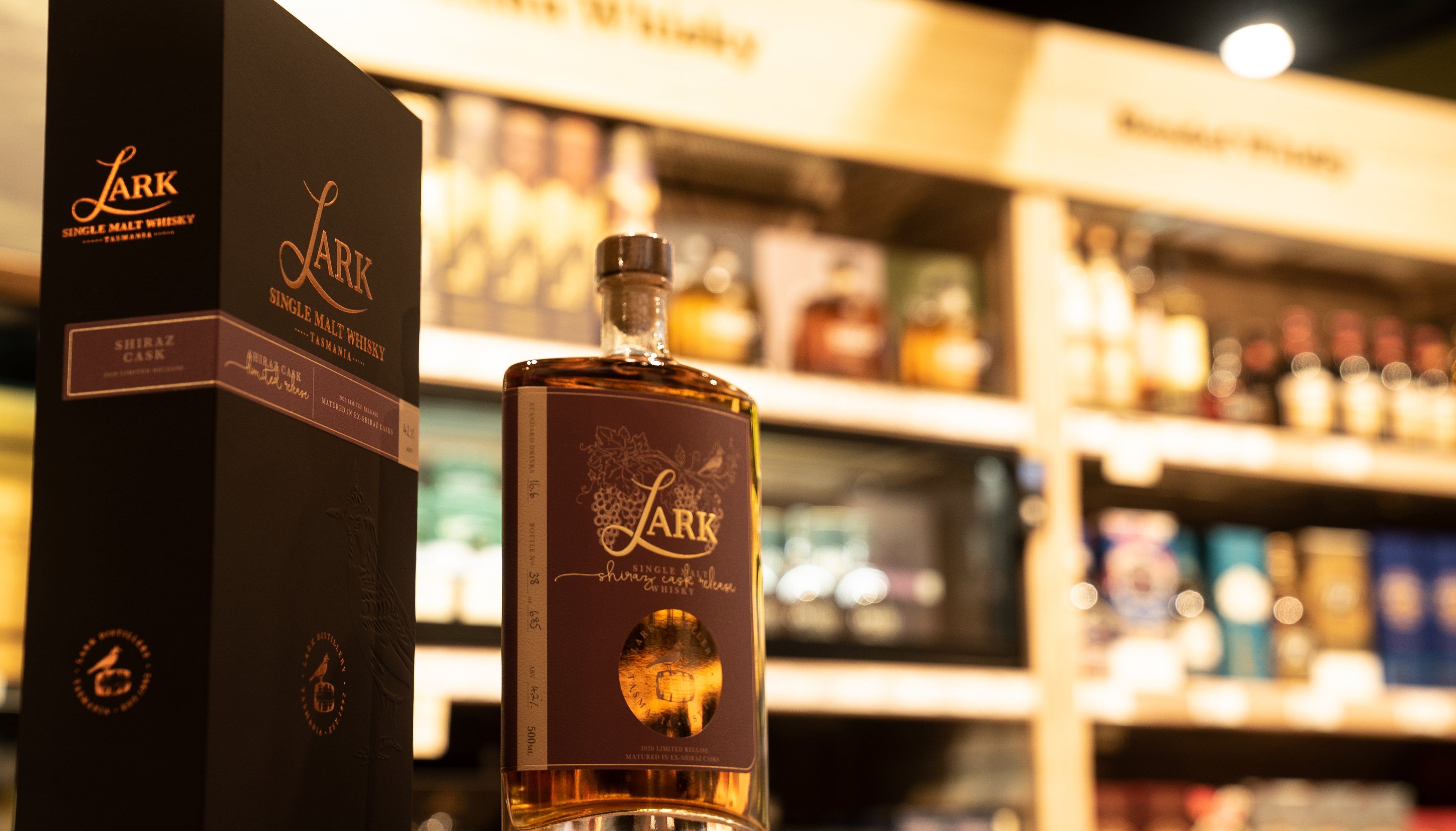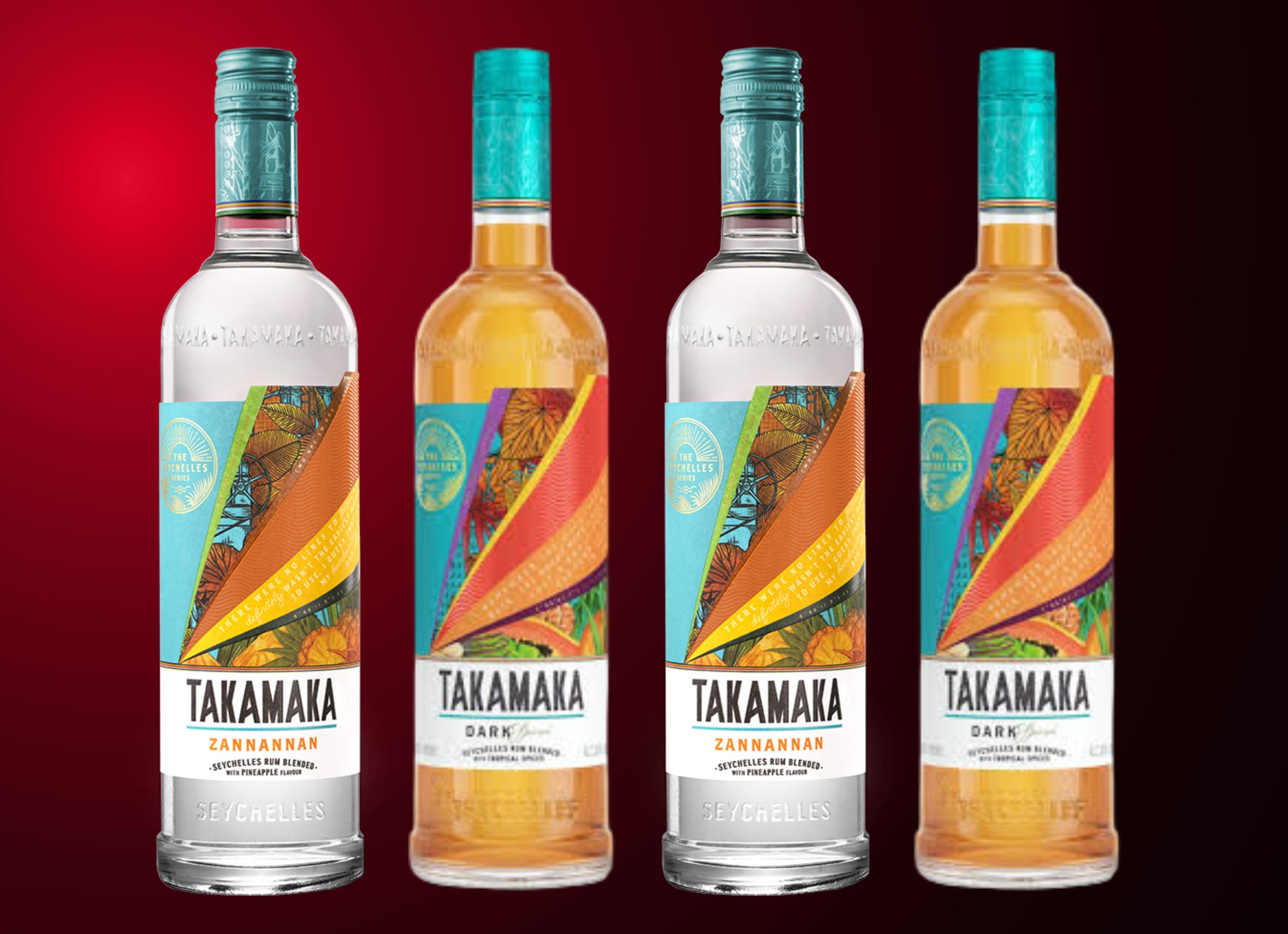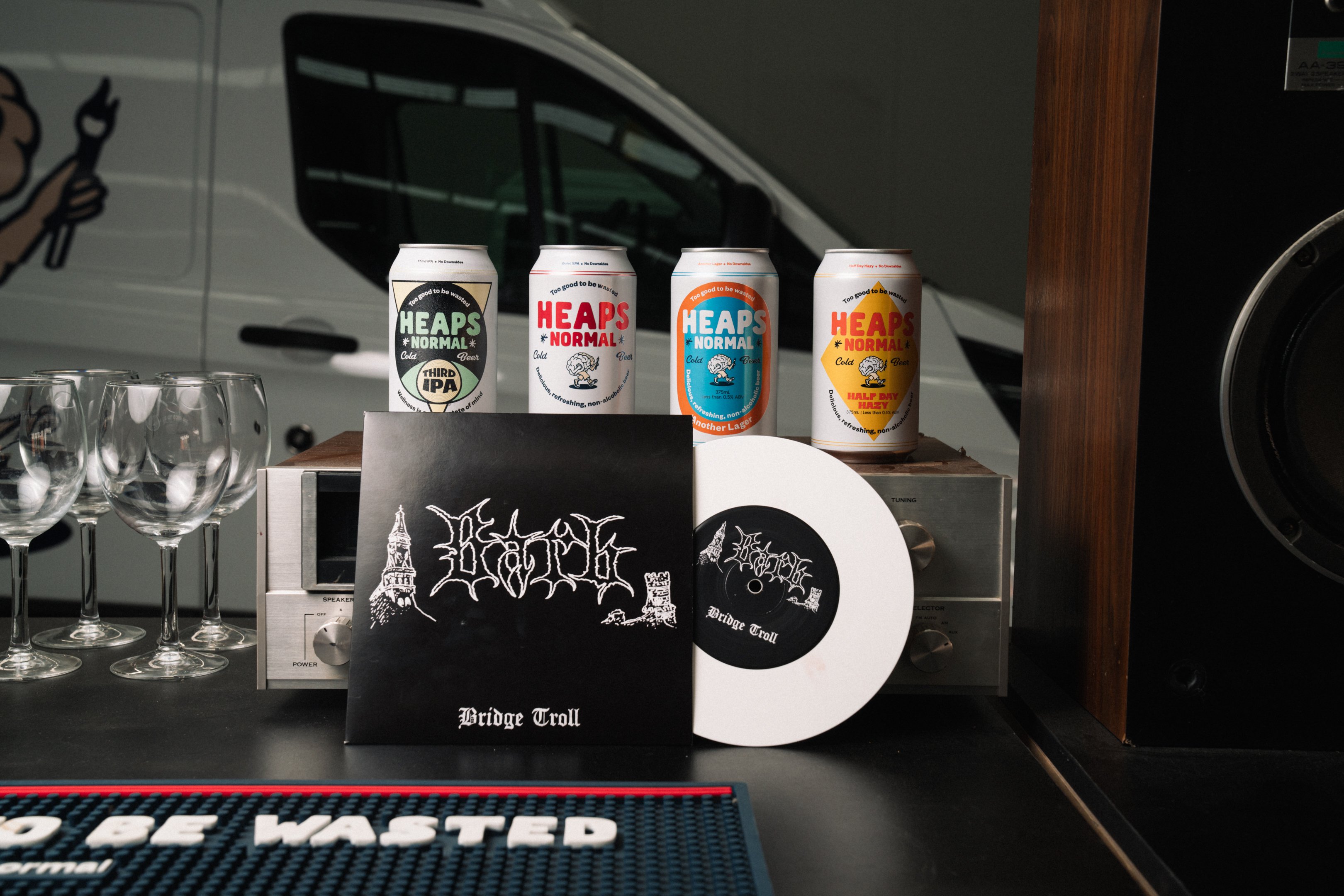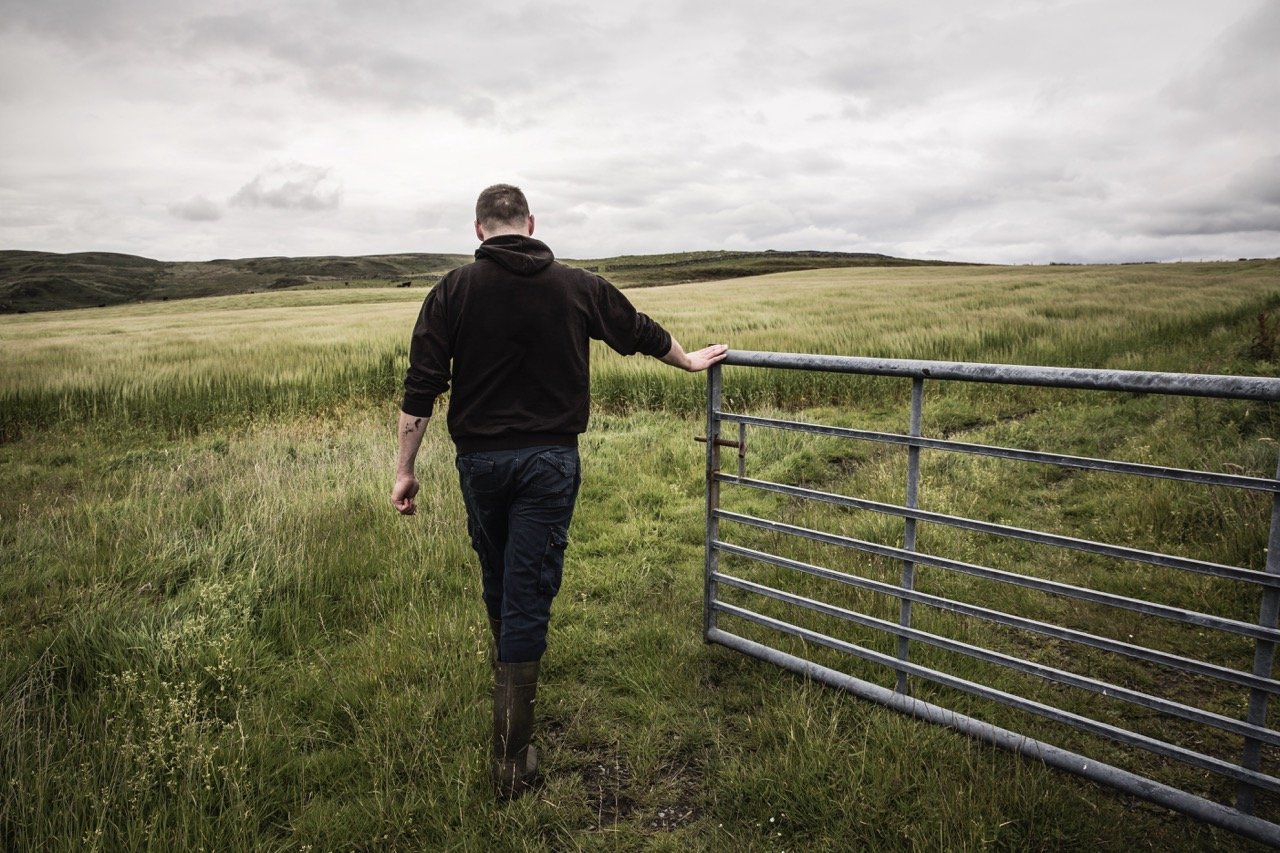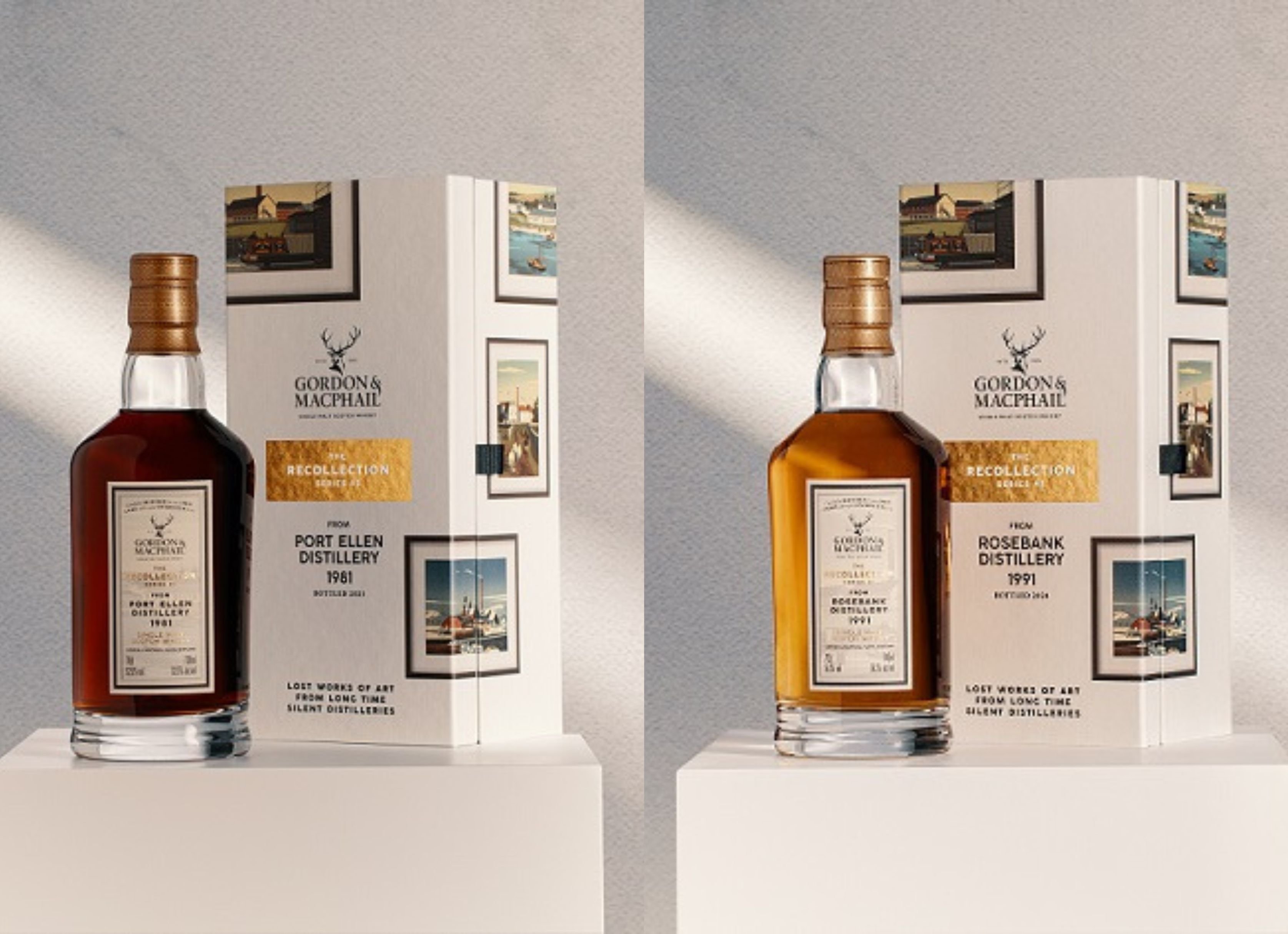To celebrate, David and The Balvenie distillery have created one of the most significant Scotch whisky collections to have ever been made – the DCS Compendium. Named after the man himself, the collection includes 25 extremely rare and old single cask bottlings, individually selected by David and categorised into five chapters. Each chapter represents a significant moment and development in David’s career and will be released annually. Chapter One, ‘Distillery Style’, is currently available at Dan Murphy’s for $57,000, while Chapter Two, the ‘Influence of Oak’, will come out later this year.
drinks bulletin: How did you decide which expressions to select for the DCS Compendium?
David Stewart: Well, the first chapter is all about the distillery's style, so I decided to select casks from American oak barrels and one from each decade, starting in the 60s, through to the youngest one, which is 2005. In the next one we wanted to show how different styles of wood influence the whisky, so we've got one from an American oak barrel, a sherry and port cask, etc. The next is named the 'Malt Master's Indulgence', so that Chapter was about me picking some of my favourites. I had earmarked a number of casks over the years that had given me a surprise and turned out differently to what I would have expected, so that's what's in that chapter. It took me the best part of a year to select all 25 of the casks.
DB: You have worked in the Scotch whisky industry for 54 years. How did you start working in the industry and did you think that you would ever become a Malt Master?
DS: I didn't know that I was going to end up in this sort of role. I joined William Grant & Sons in the September of 1962 as a whisky stocks clerk. I was lucky that my boss was a Master Blender and eventually he started to give me the training that I needed to become a Malt Master. He would get me into the sample room to nose the whiskies; show me how the whisky evolves and different wood types; and get me to look at our different products and new spirits from the distillery as they came through. I did that for about ten years and when Hamish [Robertson] decided to move to another company, I carried on doing what I had been doing. A few months later I actually got the job. I think that the company tried to find someone with a bit more experience, but luckily for me they didn't find anyone!
DB: What have been the most profound changes that you've seeing during your career?
DS: When I started, there weren't really any single malts, it was all blended whisky.
Nowadays, consumers want to know a lot more about whisky, so now we have brand ambassadors, which we didn't have 20 years ago. There is also the demand for us and other companies to keep offering different expressions and that's why we've moved from aged whiskies to finishes and to even non-aged whiskies.
DB: You were recently awarded an MBE. What did it mean to you to receive this level of recognition?
DS: Never did I think that I would get an MBE and I feel very proud. I received the medal and met the Queen at Holyrood Palace in Edinburgh on July 5. It was a day that I will always remember. I've received a few awards from the industry, but this really beats them all.
DB: You are well-known for having pioneered the cask finish for The Balvenie. When did you start developing this method?
DS: I started to experiment in the early 80s. We had always used American oak barrels and sherry casks, but generally we were just mixing these two casks together. I wondered what would happen if we actually took some of the whisky out of the American oak barrels and put the same whisky into the cherry casks. This was what we called The Balvenie Classic and we did a non-aged, 12-Year-Old and 18-Year-Old. The American oak gave the whisky vanilla, honey and citrus notes, while the sherry casks added a top note of spiciness, richness and complexity.
We didn't actually call this a 'finish' so-to-speak in the 80s, but in the early 90s we refreshed the range to coincide with The Balvenie centenary and brought out The Balvenie DoubleWood, which was really The Balvenie Classic, but at this stage we had begun communicating what we had done with the finish.
DB: What is your favourite expression?
DS: The Balvenie PortWood Aged 21 Years. The age of the whisky and the port together produce a lovely whisky and it's something that I quite often have with a dessert of after dinner. It has always been my favourite.
Share the content
